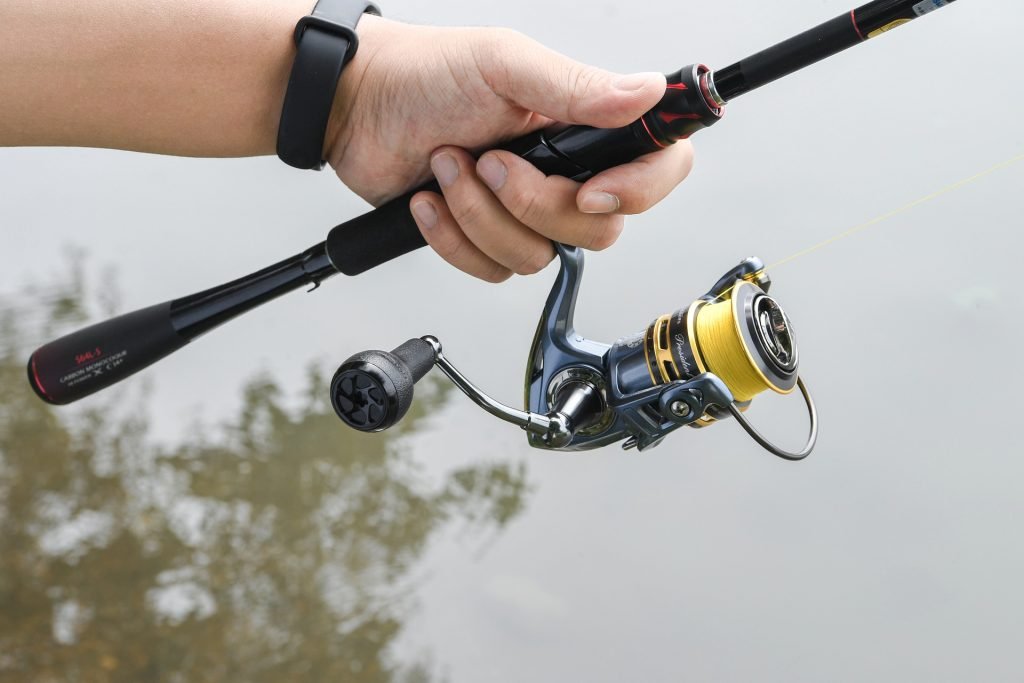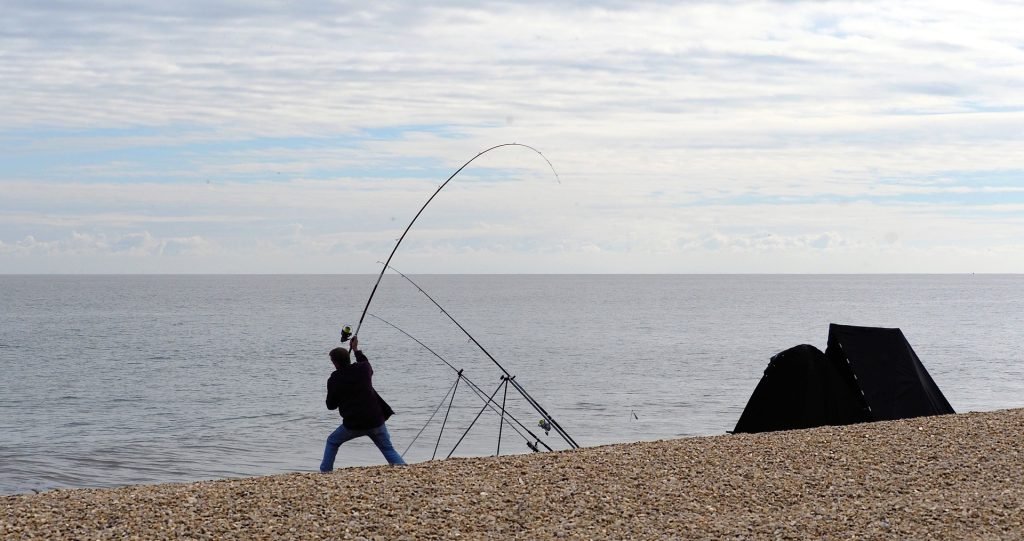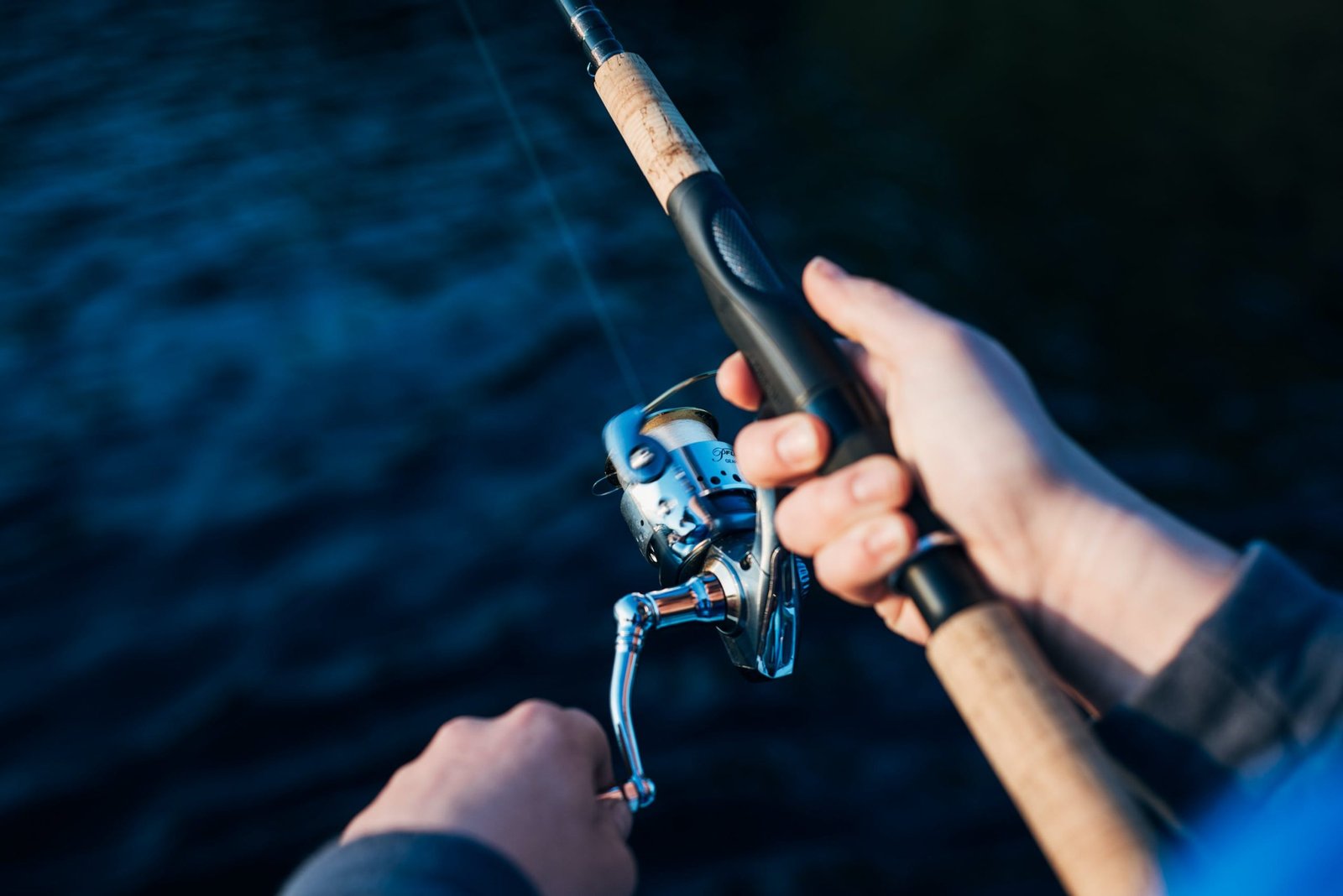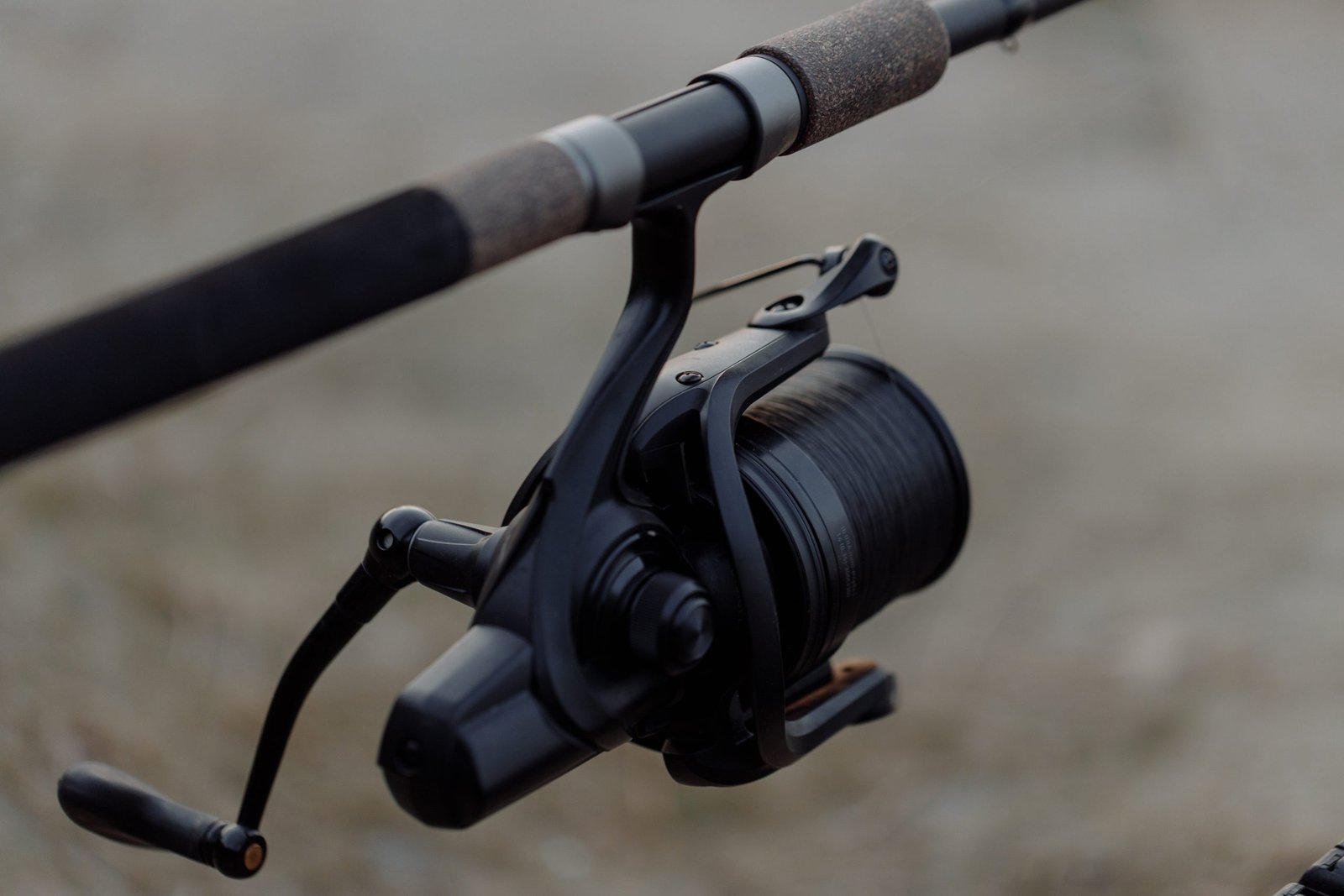
When it comes to fishing, you often hear anglers discussing the importance of the right fishing reel for casting distance. Your choice of reel can significantly impact how far and accurately you can cast. Whether you’re using a spinning reel or a baitcasting reel, the design and mechanics of each type influence your casting experience.
Spinning reels are generally easier to use and can cast lightweight lures much farther. They are great for beginners and versatile enough for many fishing scenarios. On the other hand, baitcasting reels offer more control and precision but require more skill to avoid issues like backlash. They’re often preferred by experienced anglers aiming for specific targets or dealing with heavier lures.
Keep in mind that your fishing line and rod also play essential roles. For instance, using a braided line and a rod with the right action and power can enhance your casting distance regardless of the reel type. If you master the combination of these elements, you’ll find yourself casting farther and catching more fish.
The Role of Fishing Reels in Casting Distance
Your fishing reel plays a crucial role in how far you can cast. Different types of reels, spool sizes, and drag systems all impact your casting distance. Understanding these factors can help you choose the right reel and improve your fishing success.
Types of Reels and Their Impact
Spinning reels and baitcasting reels are the two main types you’ll use. Spinning reels are easier to use and handle lighter lines well, making them great for beginners. They excel at casting lighter lures over long distances.
On the other hand, baitcasting reels offer better control and accuracy. They handle heavier lines and lures better but require more skill to avoid line tangles. Because they sit above the rod, baitcasting reels can cast further with heavier tackle when used correctly.
Understanding Spool Size and Line Capacity
The size of your reel’s spool and its line capacity also play a significant role. Larger spools can hold more line and reduce friction when you cast, allowing for longer distances. For example, large spinning reels can hold more line, making them ideal for saltwater fishing or when trying to reach further.
Different lines affect casting differently. Braided line has a smaller diameter and less drag compared to monofilament and fluorocarbon. This smaller diameter means you can pack more line onto your spool and the line will fly off more smoothly, increasing your casting distance.
Drag Systems and Casting Efficiency
Your drag system is another important part of your reel that can affect casting. A well-set drag helps manage the tension and ensures your line flows off the spool smoothly. Whether using a spinning or baitcasting reel, a smooth drag system can minimize tangles and improve casting efficiency.
Adjusting your drag properly helps prevent backlash with baitcasting reels or tangles with spinning reels. Proper management of the drag ensures you get the maximum distance and accuracy while casting, making your overall fishing experience more enjoyable.
By focusing on these key elements—reel type, spool size, line capacity, and drag system—you can significantly improve your casting distance and fishing success.
Optimizing Your Cast

To optimize your casting distance and accuracy, you need to focus on perfecting your technique, choosing the right gear, and understanding environmental factors. Each element plays a crucial role in helping you achieve maximum casting distance and improve your overall fishing experience.
Perfecting Your Technique
Your casting technique is one of the most important aspects of achieving long and accurate casts. Start by practicing the basic overhand cast. Keep your elbow slightly bent and use a smooth, fluid motion. This helps in transferring power from your body to the rod.
Next, focus on the timing of your release. You’ll need to let go of the line at just the right moment to ensure that it propels the lure forward effectively. Experienced anglers often spend hours perfecting this to avoid common mistakes like putting too much or too little effort into the cast.
Consider using both hands to cast. This allows for better control and more power, especially when using heavier lures or longer rods. Practice regularly to refine your technique and make adjustments based on what works best for you.
Choosing the Right Gear for Maximum Distance
Selecting the right gear is essential for maximizing your casting distance. Rod length and action play a significant role. Generally, a longer rod—around 7 feet or more—will help you cast farther. Fast-action rods are designed to flex near the tip, allowing for more powerful casts.
When it comes to fishing lines, braided lines are a good choice. They have a smaller diameter than other types, like fluorocarbon, and create less drag. This allows your lure to travel farther. Go for a lighter line if you want to achieve even more distance. For example, a 10-pound braid can often cast farther than a 20-pound braid.
Don’t forget about your reel. Spinning gear is easier for beginners and offers an excellent combination of distance and accuracy. Make sure your reel is well-maintained to prevent issues like line tangling, which can affect your cast.
Environmental Factors Affecting Casting
Environmental conditions can greatly impact your casting distance. Wind is one of the most critical factors. Casting with the wind at your back can help propel your lure farther, while casting into the wind can reduce your distance significantly. Pay attention to wind direction and speed before you start casting.
Saltwater fishing and surf fishing often require different techniques due to the nature of the water and currents. In these scenarios, using a heavier lure can help your cast cut through choppy water more easily.
Additionally, be aware of the terrain and obstacles around you. Trees, rocks, and other anglers can limit your casting area, so always choose a location that gives you plenty of space to make a full cast. Understanding these environmental factors will help you adapt your technique and gear to suit different conditions, ensuring you get the best possible cast each time.
Frequently Asked Questions
Curious about how your fishing reel affects casting distance? Let’s explore some important aspects to help you optimize your fishing experience.
What factors on a spinning reel affect casting distance?
The spool’s size and smoothness of the bearing are key factors. A larger spool holds more line, allowing for longer casts. Smooth bearings reduce friction, making it easier for the line to flow out.
Can the type of fishing reel I use impact how far I can cast?
Yes, it can. Spinning reels are generally better for longer casts due to their design. Baitcasting reels can offer precision but may not cast as far unless properly adjusted.
What are some techniques to cast farther using a spinning reel?
Ensure your reel is filled to capacity, but not overfilled. Practice your casting technique, focusing on a smooth, quick motion. Use lighter lines with less resistance, like braided lines, to achieve greater distances.
How significant is rod length in determining casting distance?
Rod length is very important. Longer rods lend to greater casting distances by generating more tip speed. A rod over seven feet can significantly boost how far you cast.
What characteristics define the best reels for long-distance surf casting?
Look for reels with a large spool for holding more line and smooth, high-quality bearings. This reduces friction and helps you cast farther. Durable materials and corrosion resistance are also crucial for surf casting.
Are there any tricks to increase casting distance from the shore?
Yes. Utilizing the wind to your advantage and casting with the help of the breeze can boost distance. Ensuring your reel is well-maintained, with clean and lubricated parts, also helps in achieving longer casts.




